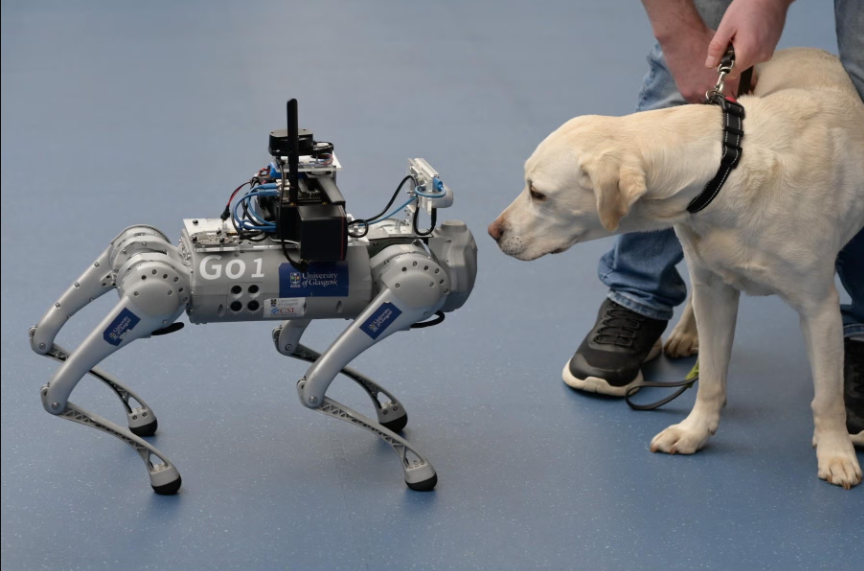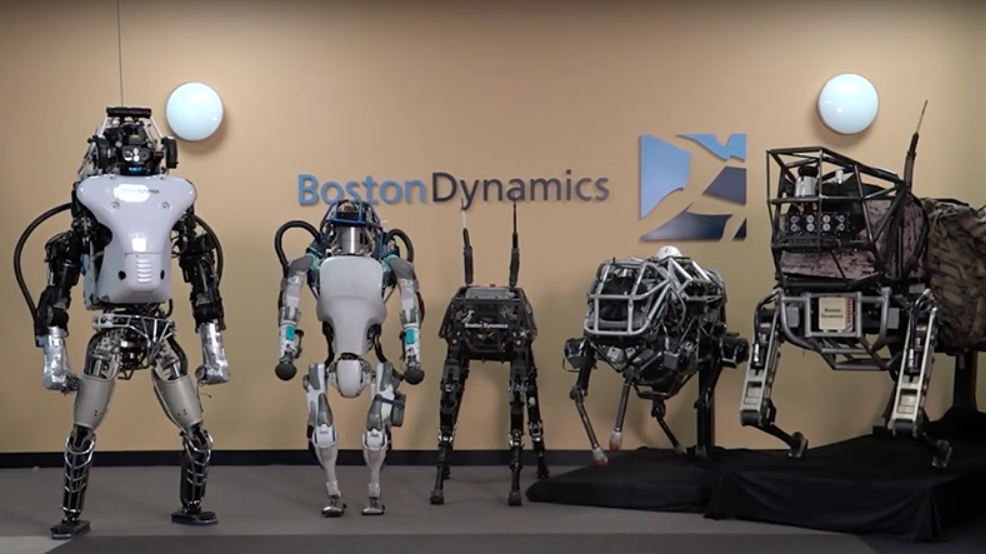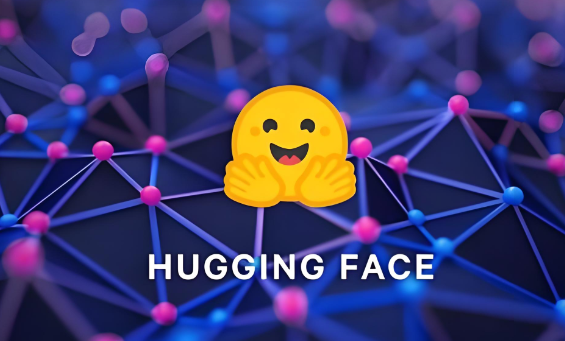
Imagine a dog that not only wags its tail but also chats with you about your day. Once a staple of science fiction, Talking Robot Dogs are now a reality, thanks to advancements in artificial intelligence (AI) and robotics. These innovative creations are redefining companionship, assistance, and entertainment. From guiding the visually impaired to serving as interactive pets, Talking Robot Dogs are poised to transform how we interact with machines. Curious about how they work and what they can do? Let’s dive into the world of these AI-powered canine companions and explore their potential. For a broader look at how machines are learning to communicate, check out The Talking Robot Revolution.
Notable Examples of Talking Robot Dogs
Boston Dynamics' Spot: The AI-Powered Tour Guide
One of the most striking examples of a Talking Robot Dog is Boston Dynamics' Spot, a quadruped robot enhanced with OpenAI’s ChatGPT. In a demonstration, Spot was equipped with a speaker and text-to-speech capabilities, enabling it to lead tours and answer questions in a human-like voice (Boston Dynamics' Spot). Engineers added playful personalities, such as a “Shakespearean Time Traveler” that speaks in rhyming couplets or a sarcastic “Josh” persona, showcasing the versatility of AI-driven communication (Spot Personalities). This integration of large language models (LLMs) with robotics highlights the potential for machines to engage in dynamic, context-aware conversations.
Robbie the RoboGuide: Assisting the Visually Impaired
Another groundbreaking example is Robbie the RoboGuide, developed by the University of Glasgow. Designed to assist visually impaired individuals, Robbie combines sensors and AI to navigate environments, describe surroundings, and communicate with users (Robbie the RoboGuide). Unlike traditional guide dogs, Robbie offers a cost-effective alternative, addressing shortages in trained guide dogs and extending sensory capabilities for users. Tested by BBC Scotland reporter Ian Hamilton, who has relied on guide dogs for over 40 years, Robbie demonstrates how Talking Robot Dogs can make a meaningful impact in accessibility.
Loona: The Smart Robot Pet for Families
On the consumer front, Loona, a smart robot pet dog, brings Talking Robot Dog technology to households. Powered by ChatGPT-4o, Loona responds to voice commands, engages in conversations, and even generates AI-driven visuals based on user interactions (Loona Petbot). Parents report that children love talking to Loona about their day, with the robot responding enthusiastically and asking questions (Loona Reviews). While not as advanced as research prototypes, Loona offers an accessible entry point for families seeking an interactive, tech-savvy pet.
The Technology Behind Talking Robot Dogs
The magic of Talking Robot Dogs lies in a blend of cutting-edge technologies. Natural Language Processing (NLP) enables these robots to understand and generate human language, while speech synthesis converts text into spoken words. Machine learning algorithms allow them to learn from interactions, improving their responses over time. For instance, Boston Dynamics’ Spot uses ChatGPT’s large language model to process and generate dialogue, while Robbie relies on sensor-driven AI to interpret environments. To explore more about AI-driven conversational technologies, visit our Character AI category. Additionally, advancements in robotics—such as precise motors and sensors—enable lifelike movements, making these dogs feel more like real companions.
Technology | Role in Talking Robot Dogs |
|---|---|
Natural Language Processing (NLP) | Understands and generates human-like speech. |
Speech Synthesis | Converts text into spoken words for verbal interaction. |
Machine Learning | Improves responses through learning from user interactions. |
Robotics and Sensors | Enables lifelike movements and environmental awareness. |
Potential Applications and Future Developments
Talking Robot Dogs have a wide range of potential applications, making them more than just novelties. Here are some key areas where they could shine:
Healthcare and Companionship: These robots can provide emotional support for the elderly or individuals with dementia, as seen with products like Tombot’s robotic puppies (Tombot Puppies). Their ability to converse makes them ideal for reducing loneliness.
Accessibility: Projects like Robbie the RoboGuide show how Talking Robot Dogs can assist visually impaired individuals, offering navigation and communication support.
Education: Interactive robots like Loona can serve as engaging tools for teaching children about technology, coding, or even social skills.
Entertainment and Retail: Businesses are exploring Talking Robot Dogs for customer interaction, providing information, or enhancing brand experiences (Loona Market Trends).
Looking ahead, advancements in AI and robotics could lead to even more sophisticated Talking Robot Dogs. Future models might feature deeper emotional intelligence, multilingual capabilities, or integration with smart home systems. However, challenges like high costs and ethical concerns—such as the potential to replace human interaction—will need careful consideration.
Frequently Asked Questions
Can Talking Robot Dogs Understand and Respond Like Humans?
While Talking Robot Dogs can process and generate human-like speech, their understanding is limited to programmed algorithms and AI models. They simulate conversation effectively but lack true consciousness. For example, Loona responds to children’s questions with enthusiasm, but its responses are generated based on patterns, not genuine comprehension.
Are Talking Robot Dogs Expensive?
Costs vary widely. High-end models like Boston Dynamics’ Spot can cost tens of thousands of dollars, aimed at research or industrial use. Consumer models like Loona are more affordable, typically ranging from $300 to $600, but still represent a significant investment compared to traditional toys (Loona Pricing).
What Are the Ethical Considerations of Talking Robot Dogs?
The rise of Talking Robot Dogs raises questions about their impact on human relationships and the ethics of mimicking living beings. Some worry about over-reliance on robotic companions, while others see them as valuable tools for support. Balancing innovation with ethical use will be key as this technology evolves.
Conclusion
Talking Robot Dogs are a testament to the power of AI and robotics, transforming how we interact with machines. From Boston Dynamics’ ChatGPT-powered Spot to the University of Glasgow’s Robbie and consumer-friendly Loona, these robots are pushing boundaries in companionship, accessibility, and entertainment. As technology advances, we can expect Talking Robot Dogs to become even more integrated into our lives, offering new ways to connect and assist. Whether you’re fascinated by AI or simply curious about robotic pets, these canine companions are a glimpse into a future where machines talk back.








